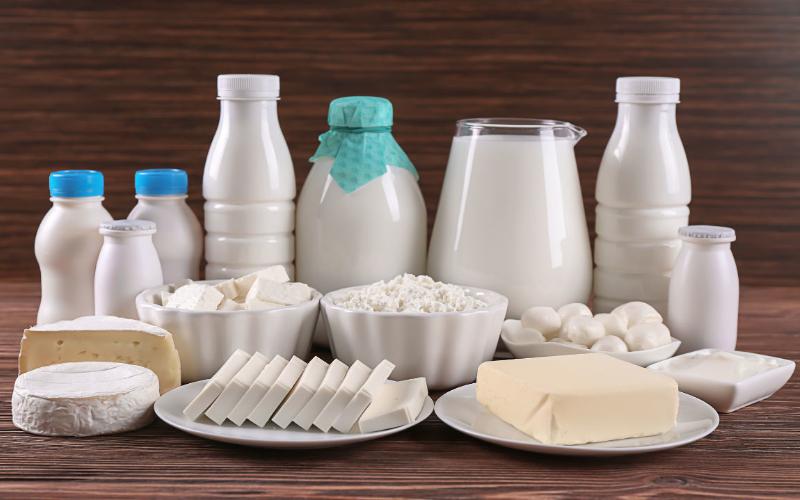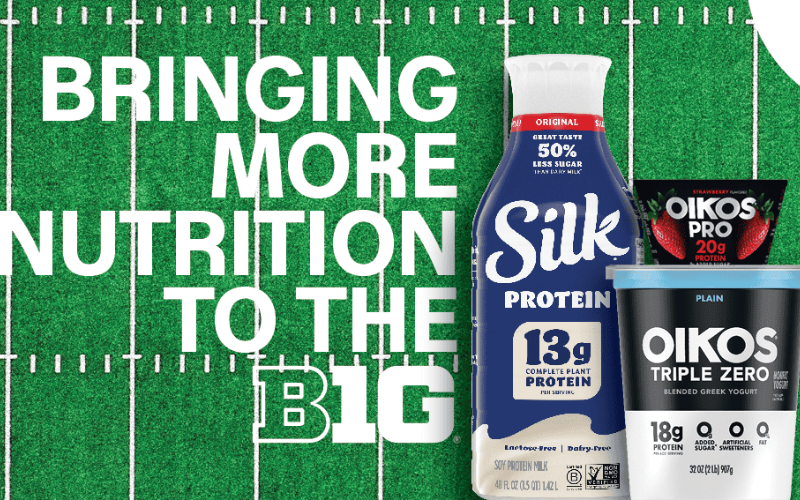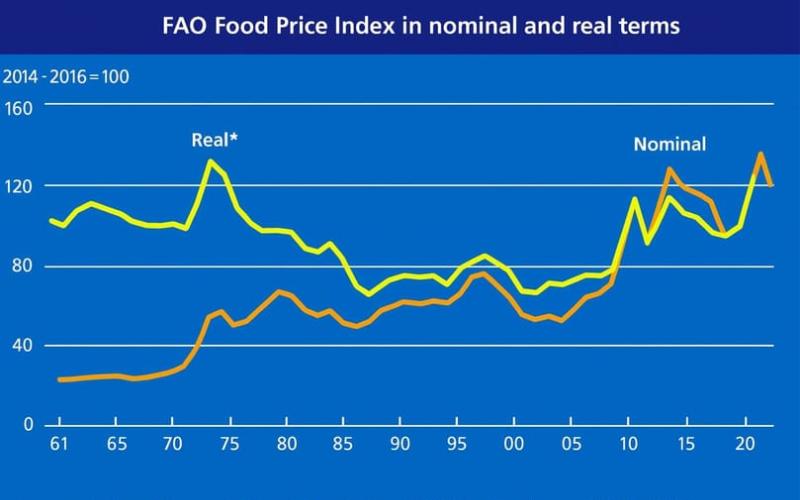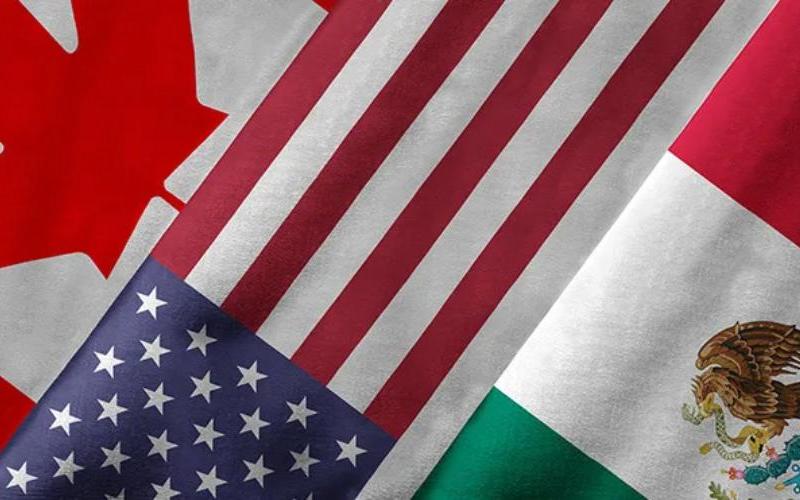Kazakhstan Produces Enough Milk, Yet Still Relies on Imports

According to the Ministry of Agriculture, about 3.5 million tons of raw milk were produced in Kazakhstan in 2024, which, according to the department's calculations, is enough to fully supply the domestic market.
"The annual demand of the population is about 1 million tons, with actual consumption around 665 thousand tons," explained Saule Zhurnova, Director of the Department of Agro-Food Markets and Processing of the Ministry of Agriculture of the Republic of Kazakhstan.
However, import data shows a different picture: more and more products with labels "Made in Russia" and "Produced in Belarus" are appearing on store shelves.
According to the Ministry of Trade and Integration, Kazakhstan imported over 125,000 tons of dairy products in 2023, and this figure increased to 136,000 tons in 2024.
Erkema Mukhtarkyzy, the chief expert of the Department of Public Relations of the Ministry of Trade and Integration of the Republic of Kazakhstan, noted that the volume of imports remains stable and is unlikely to decrease in 2025.
Experts indicate that the country formally produces enough milk, but a significant portion of it is processed into lower-grade products or is made from imported dry milk.
"Most of what we see on the shelves under Kazakhstani brands is made from imported dry milk and palm fat spreads. The only local ingredient in these products is water," said agricultural expert Kirill Pavlov.
According to him, in 2024, Kazakhstan imported 183,000 tons of milk and dairy products from abroad, with a total value of over $400 million. Among these:
-
about 50% of cheeses and cottage cheese in the market are imported;
-
the share of imported butter reaches 15%.
The key issue is the uneven processing and lack of capacity for deep milk processing. Most Kazakhstani dairy farms supply raw materials to local processors, but some of them lack modern equipment to produce yogurts, cheeses, and high-value-added products.
Furthermore, geographical and logistical factors increase dependence on supplies from Russia and Belarus: imported products are often cheaper due to production scale and advanced processing.











